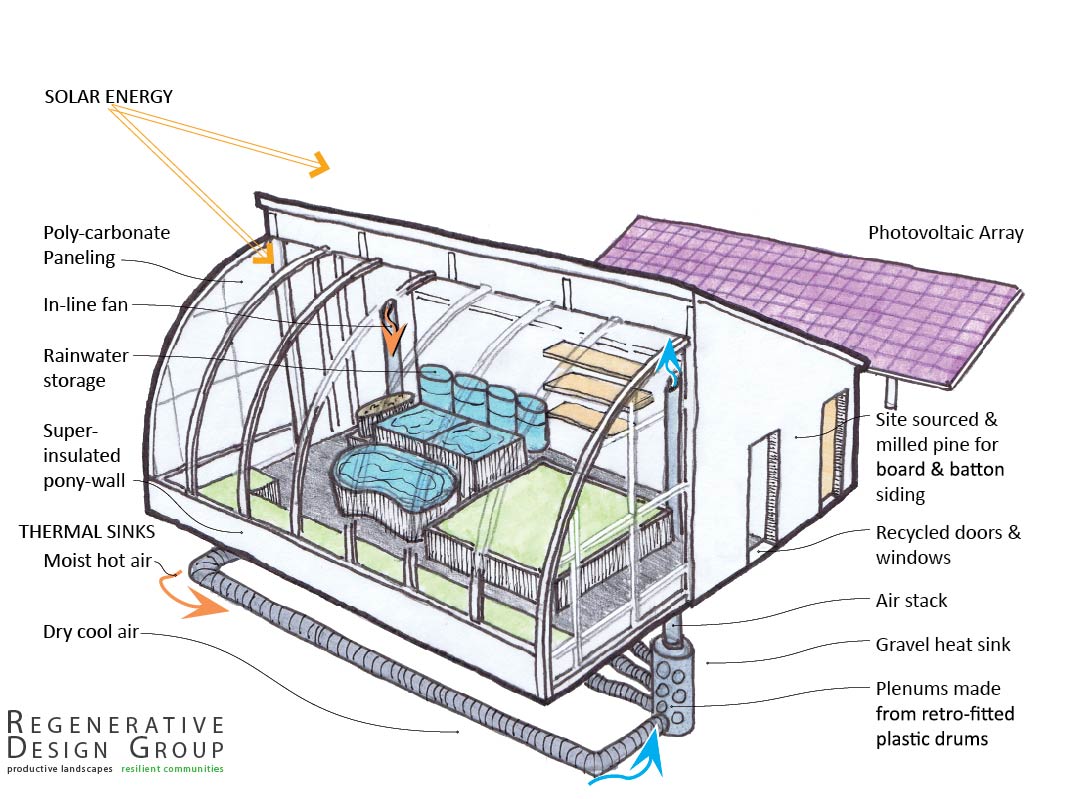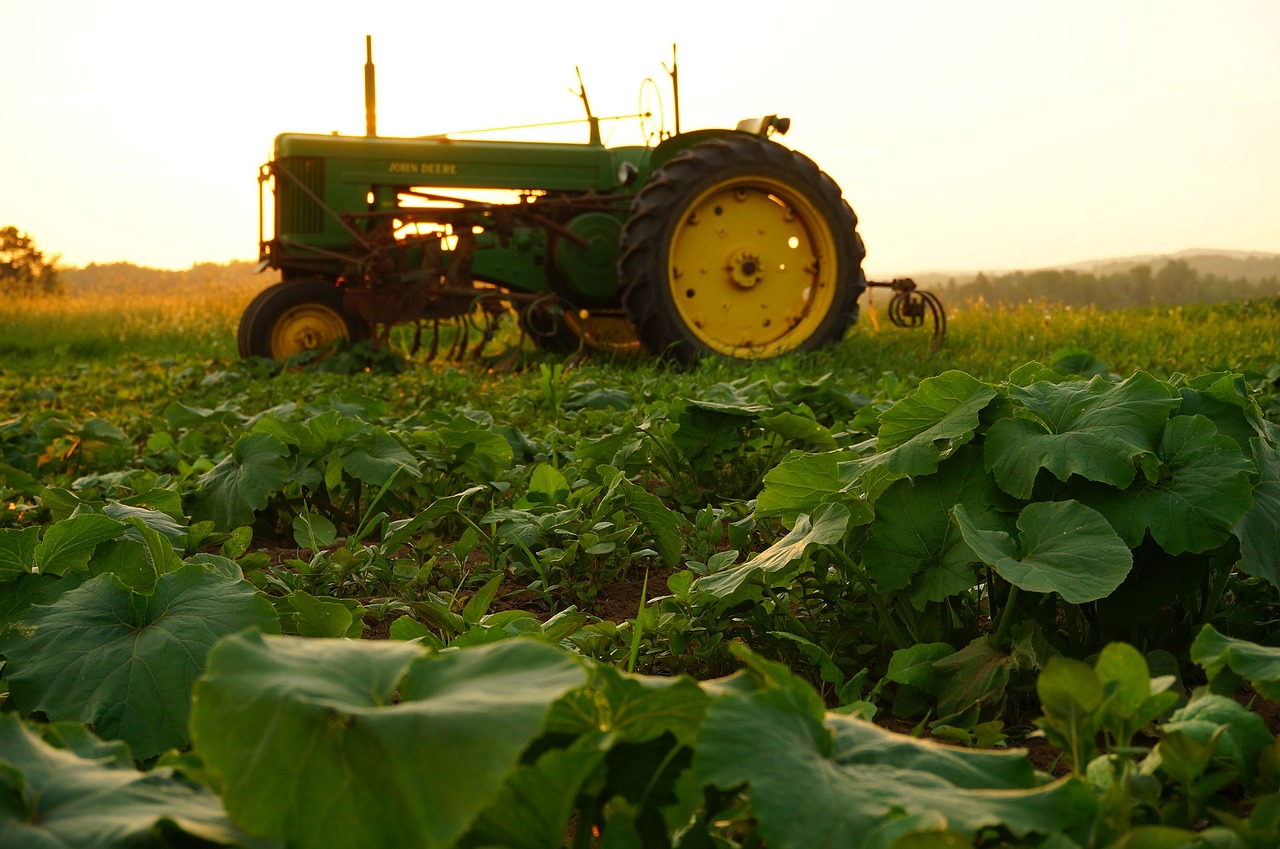
Bioshelters: Year-round Food Production in New England
In November of 2014, our team completed construction on a large garden-scale bioshelter in Greenfield, Massachusetts. The 700-square foot structure was designed to provide year-round growing space for annual and perennial vegetables, figs, fish, and hens.
What is a Bioshelter?
A bioshelter is a high-performance greenhouse that uses the sun to power a lush indoor ecosystem of useful plants, small livestock, and even fish.
People have been experimenting with season extension in glasshouses for hundreds of years. Most of these enclosed systems require a lot of inputs to keep temperatures moderate and pests at bay. In the mid-seventies, the designers at the New Alchemy Institute coined the term ‘bioshelter’ to describe a new type of greenhouse – one that provides more diversity than a conventional glasshouse. These solar-powered systems use natural venting and thermal mass to balance the temperature and support the living communities inside.
New England’s cold winters require careful attention to the structure’s insulation and passive solar design. To protect the tender members of the ecosystem from below-freezing conditions, this project integrated an inexpensive geothermal system called a climate battery into the literal foundation of the structure. All electricity for the bioshelter is produced by a ground mounted PV array. During long winters an ecosystem like this can supply food and serve as a life-saving sub-tropical vacation in the back yard.
Collaborators on this project included Thom Barry, Architect & Builder and Jonathan Bates at Food Forest Farm.



This Post Has 0 Comments